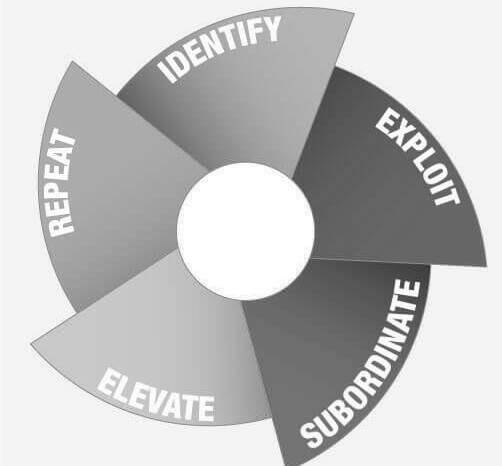Introduction
In the complex landscape of decision-making, the Theory of Constraints offers valuable insights into identifying and addressing bottlenecks that hinder progress and limit outcomes. Anchored in human psychology, this mental model has relevance in various aspects of our lives, from personal choices to business strategies and public policy-making. By understanding how the Theory of Constraints works and recognizing the biases associated with it, individuals can make more informed decisions, leading to improved outcomes.
Defining the Theory of Constraints
The Theory of Constraints, developed by Eliyahu M. Goldratt, posits that any system is limited in achieving its goals by a few key constraints. These constraints act as bottlenecks, restricting the flow of resources or information and hindering the overall performance of the system. The theory suggests that identifying and addressing these constraints is crucial for enhancing efficiency and achieving desired outcomes.
Relevance in Decision-Making
The Theory of Constraints holds immense relevance in decision-making processes as it helps individuals and organizations focus their efforts on the most critical areas that limit progress. By identifying constraints, decision-makers can prioritize resources and strategies to alleviate bottlenecks and optimize the overall system’s performance. This mental model emphasizes the importance of understanding the interdependencies within a system and making targeted interventions to drive meaningful change.
Examples of the Theory of Constraints in Different Contexts
Personal Life Decisions: Consider an individual seeking to improve their fitness. If the constraint lies in their limited time availability due to work commitments, focusing on optimizing their exercise routine alone may not yield desired results. By identifying the constraint as time availability, they can explore alternative schedules, delegate tasks, or adjust priorities to create more dedicated time for fitness activities.
Business Scenarios: In manufacturing processes, a common constraint is often found in the production line, where one machine operates slower than the others, causing a bottleneck. By identifying this constraint, businesses can implement strategies such as process redesign, technology upgrades, or resource reallocation to optimize the overall production output.
Public Policy-Making: When formulating public policies, understanding the constraints can help policymakers make more effective decisions. For example, in transportation planning, identifying traffic congestion as a constraint can lead to initiatives such as improved road infrastructure, public transportation development, or traffic management systems to alleviate congestion and enhance the overall efficiency of the transportation network.
Mental Biases and Underpinnings of the Theory of Constraints
Several mental biases contribute to the Theory of Constraints, including confirmation bias, anchoring bias, and availability bias. Confirmation bias can lead decision-makers to focus on information that supports their existing beliefs about constraints, potentially overlooking alternative possibilities. Anchoring bias can cause decision-makers to fixate on a particular constraint and fail to consider other underlying factors. Availability bias may lead decision-makers to prioritize constraints that are easily recalled or recently experienced, ignoring less salient constraints.
Practical Strategies to Avoid the Theory of Constraints Trap
Identify Assumptions: Recognize and challenge assumptions about constraints to avoid confirmation bias. Actively seek out alternative perspectives and evidence that may challenge preconceived notions.
Explore System Interdependencies: Look beyond immediate constraints and consider how different elements within a system interact. Avoid anchoring bias by keeping an open mind and considering multiple potential constraints.
Gather Diverse Perspectives: Seek input from diverse stakeholders to gain a comprehensive understanding of constraints. This helps overcome availability bias by considering a wider range of constraints and potential solutions.
Continuously Reassess and Adapt: Regularly review and reassess constraints to ensure they remain relevant. Constraints can change over time, and staying vigilant allows for timely interventions and adjustments.
Implications and Value of Awareness
By understanding the Theory of Constraints and actively avoiding associated biases, decision-makers can make more effective choices. The implications are far-reaching, from personal growth to organizational success and societal progress. Awareness of the Theory of Constraints enables individuals to optimize their resources, unlock potential, and achieve desired outcomes while minimizing wasted efforts.
Conclusion
The Theory of Constraints provides a valuable mental model for decision-making. By recognizing the presence of constraints, understanding biases, and adopting strategies to overcome them, individuals can navigate complex situations more effectively. Embracing the principles of the Theory of Constraints empowers decision-makers to identify and address bottlenecks, leading to improved outcomes and enhanced success in various domains of life.
